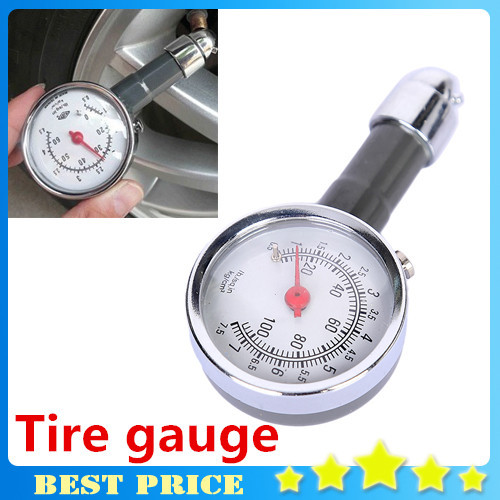Asked
Modified 3 years, 9 months ago
Viewed 441k times
I* hit a curb and got a small tear in the front passenger side tire. The tear is about 1" long and goes mostly across the surface of the tire but also a little bit, maybe 1/4", toward the inside of the tire. If this is beyond cosmetic and not repairable, I'll of course replace the tire. But these tires only have about 3000 miles on them and to my uneducated eyes, this area of the tire looks like a rubber ridge designed for style or rim protection rather than structure. Not that the rim protection worked!
These are BF Goodrich Advantage T/A tires, size 225/50R17, in case that matters.
* OK, it was my wife driving at the time, but I'd never blame her in public!
1
The damage you are showing is minor cosmetic damage.
If the following occurs with sidewall damage, then get it replaced:
If you aren't seeing any of these things, you should not have any issues running your tire until the tread wears out (normal use).
As a side note (and primarily my opinion with nothing to really back it up), the area where your damage has occurred seems to be extra rubber put in place on low profile tires to help protect the rims from curb rash. Yours looks like it was a little more serious of a curb encounter, but still, if no issues as stated above, you should be fine.
EDIT: If the flap of rubber sticking out bothers you (aesthetically), use a small amount of rubber cement to it and it should keep it in place.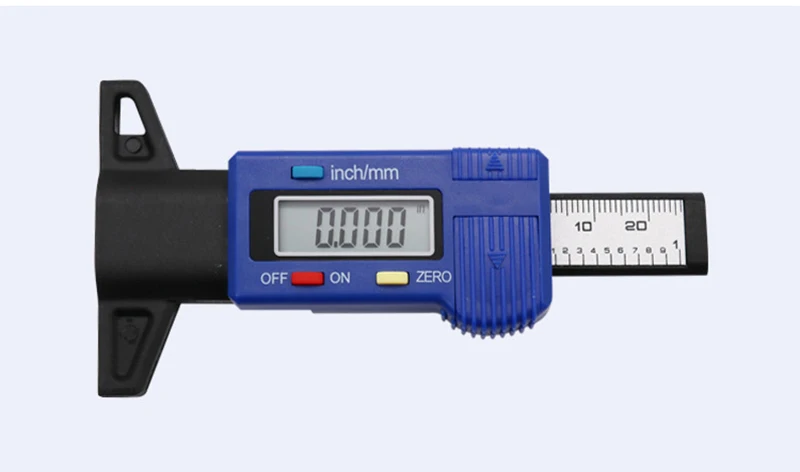 It really isn't bothering anything the way it is.
It really isn't bothering anything the way it is.
2
If you decide to keep driving on this tire, don't use superglue on that rubber flap. When superglue sets it becomes rigid and brittle. The tire will flex a bit when you drive, and break the glue bond in a short time.
Instead, use the rubber glue from a bike tire puncture repair kit.
this area of the tire looks like a rubber ridge designed for style
Wrong, This part of the tyre protects sharp objects from getting into the inner more structural parts of the tyre.
The damage to your tyre does not seem too critical to cause any immediate change to driving or safety.
That said if any sharp objects hit the wall in this particular area it will be a problem , I would say , use them for another 5k miles and replace them just to be sure. I had a similar wear on my tyre and they held good for a long time but its just me, since they were practically new.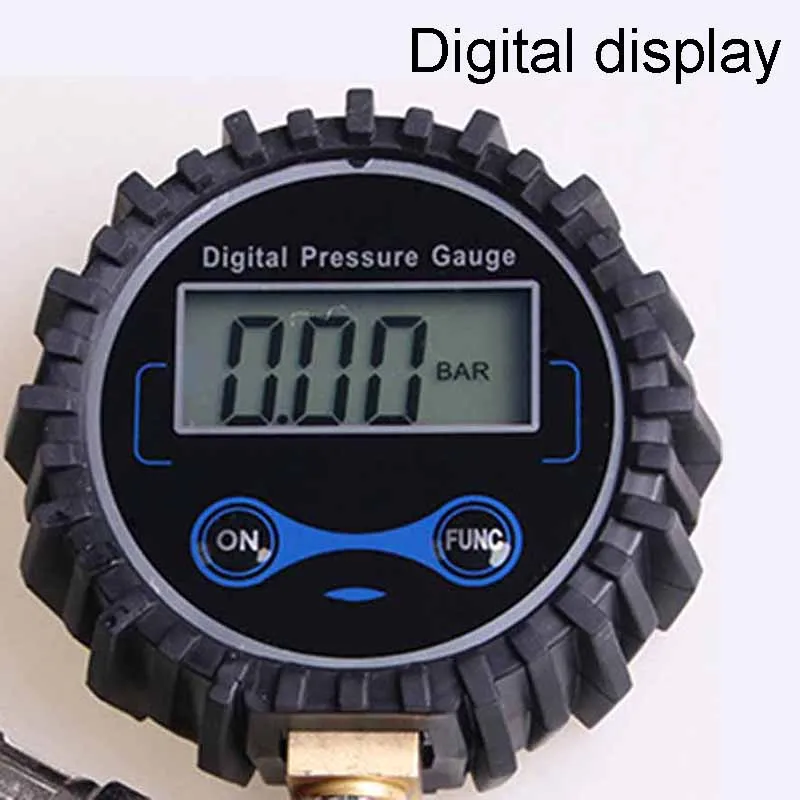
Edit : In case your tyre forms a bulge at that particular area , I would consider replacing it definitely.
As long as it does not go so deep as to get into the sidewall plies stuff like that is usually OK stick it back on there with some super glue and drive on it for a while then check it look at it spray soapy water on it if nothing's wrong she's good to drive on till the tire is rotted our worn.
I had a about a 1/2" tear on the outer wall of a brand new tire.The rim had a scratch, thinking a a curb cut the flap of rubber. Used Gorilla super glue, using latex gloves, squirted a dab of glue into cut, pressed the rubber together. Excess glue created a seal around the cut. Tire looks new, flap is secure. Got lucky the tire wasn't cut deeper so no air leak. I'm sure rubber cement would also do the trick or any rubber sealant. The super glue is very quick. I'll keep an eye on it, but appears to be a solid fix
There is a video that shows you how to repair your sidewall damaged tire .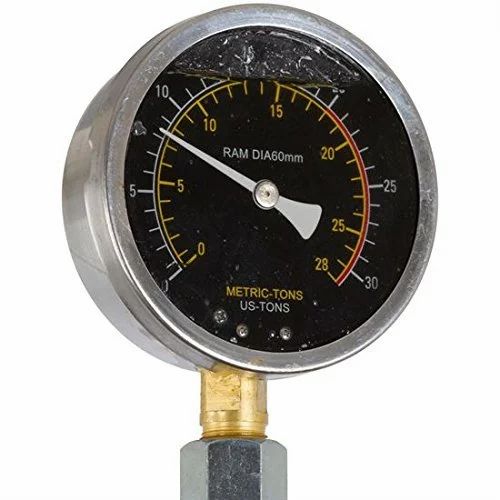 Here is the link https://youtu.be/VFz-Lr5GUd8
Here is the link https://youtu.be/VFz-Lr5GUd8
1
Ask Question
Asked
Modified 6 months ago
Viewed 62k times
In general, how to assess the severity of a cut on the side of a tyre? How to tell if it safe to drive?
Note that I realise there are a few related questions, but they are asking about a particular cut (with photos) which isn't extremely useful for other people. This question is about what to look for in general when assessing the road-worthiness of a tyre with a cut.
Context
I am about to buy a small car (ford fiesta, in the UK) and I noticed a cut of the side of one of the tyres. I did not take a photo of the cut. I want to know what to check for when I go back.
The dealer refuses to change the tyre(s) and argues that since the car passed AA inspection last week, the tyres are safe. I am still concerned as the only tyre-related item in the AA report is tread depth (4-5mm in my case) but there is no mention that they checked for cuts/bulges. Maybe I am worrying too much.
Extract from the AA inspection report:
2
votes
In the UK, tyres are subject to a particular check for cuts in the MOT test, for depth as well as length. The relevant part of the testers' manual says (inter alia):
Reason for rejection
a. A tyre has a cut the length of which is in excess of 25 mm or 10% of section width, whichever is greater, deep enough to reach the ply or cords
b. a tyre has:
• a lump, bulge or tear caused by separation or partial failure of its structure. This includes any lifting of the tread rubber
• any of its ply or cord exposed
It's also acceptable to be thorough in checking how deep a cut is:
Note: It is permissible to check for exposed ply or cord by using a blunt instrument to open a cut, taking care not to cause further damage.
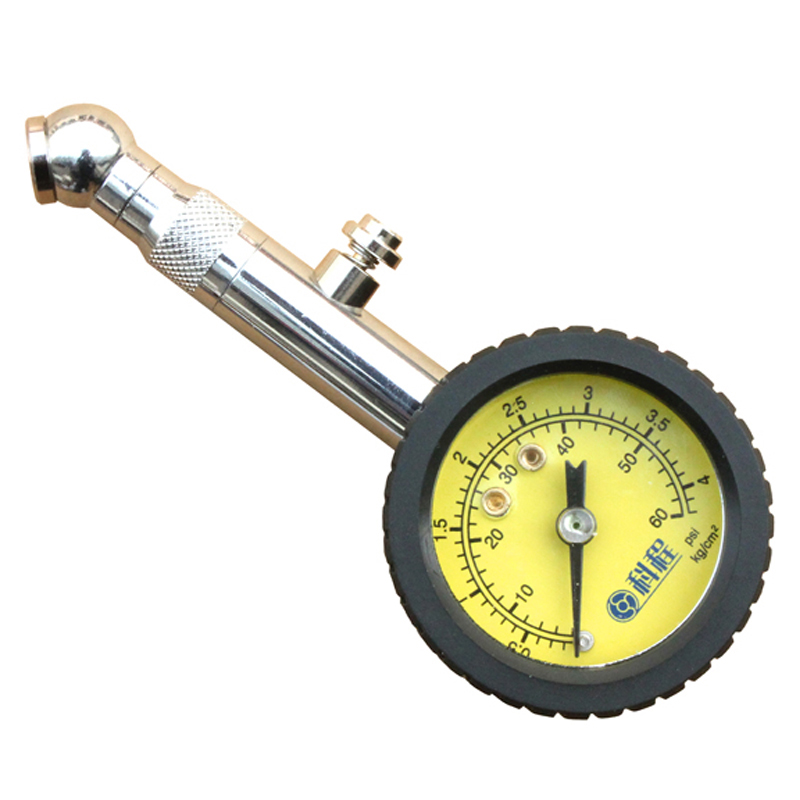
You can either measure the width of the tyre, or take it from the nominal size.
This is an objective test. If it's an MOT failure, point that out. However, even the objective test is only instantaneous and is no indication of whether the tyre will actually fail or not, or when that might occur, if it does.
Tyres are covered by the AA check and I think I would have expected a "detailed report" to include a mention of a cut, even if they say it's not an MOT failure. If it doesn't mention a cut at all, it seems likely to me to have occurred after the inspection was carried out. What else has happened since the inspection?
Basically, if you are worried about a tyre you will need to get it changed: it's obviously best if you can get the dealer to do that (or to give you a discount for the tyre of your choice if you decide to buy the car with the intention of changing the tyre). If he won't do that, the price is going up by the cost of the tyre. Your and your passengers' life is certainly worth the cost of a tyre: is the car worth the total amount?
3
Considering the sidewall of the tire bears a great deal of stress and strain in its function, it is a good thing you are paying attention to this cut.
In general, there is no simply answer. Each cut is an individual case as to whether it is catastrophic damage or not. Some things that determine this are the depth of the cut, position of the cut, and the age of the tire. If there is no bulging or puckering near the cut, it might be alright.
If possible, take the car to a tire professional and have the tire evaluated. A simple rule of thumb with tires, "when in doubt, swap it out". No sense in taking a chance of having a blow out that might cause an accident.
If the dealer wants to sell you the car, they will change the tire.
3
02/22/2018
Despite the objective importance of the spare tire, not all drivers always have it with them. Some do not carry a spare tire out of hope or belief that their tires are invulnerable. Others deliberately take this step, as they stocked up with a special tool in advance, which, if necessary, can eliminate a tire puncture along the way. What else can be used and how to do it right? Let's figure it out.
What else can be used and how to do it right? Let's figure it out.
Contents of :
Conventionally, all methods for express tire repair can be divided into two categories:
Consider ways to restore a damaged tire on the road. The first three methods are temporary. The latter, with the right approach, allows you to completely restore the tire.
 This method is relevant if you have a long trip under time constraints.
This method is relevant if you have a long trip under time constraints.
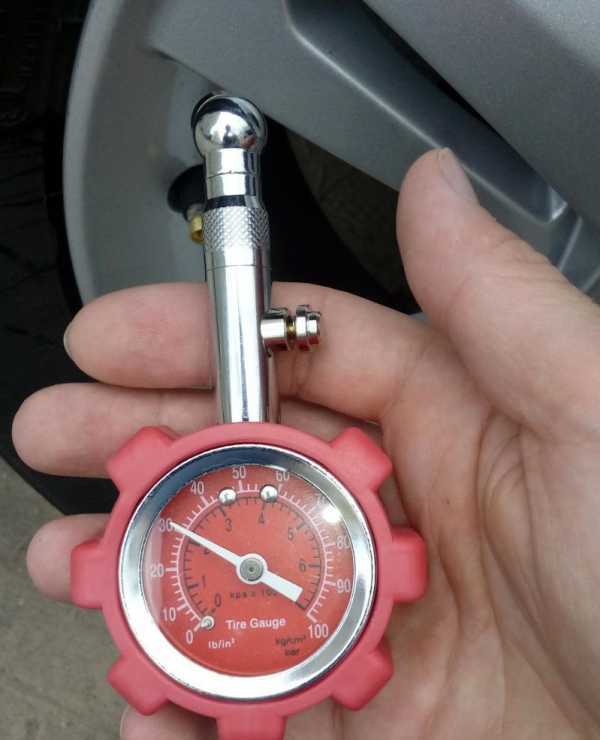 A simple screw or self-tapping screw (preferably larger in diameter than the size of the puncture) is taken and screwed into a hole on the surface of the tire. The self-tapping screw can be borrowed from the fender liner or plastic interior elements. This method will not eliminate the air leak, but will allow the car owner (perhaps with several swaps) to get to the nearest tire service.
A simple screw or self-tapping screw (preferably larger in diameter than the size of the puncture) is taken and screwed into a hole on the surface of the tire. The self-tapping screw can be borrowed from the fender liner or plastic interior elements. This method will not eliminate the air leak, but will allow the car owner (perhaps with several swaps) to get to the nearest tire service. After removing the foreign object, the hole is processed with an awl with abrasive edges: this tool must be inserted into the puncture and cleaned and developed with intensive reciprocating movements several times. Then the raw rubber tow is removed from the package and inserted into the eye of the second awl so that both ends are the same length.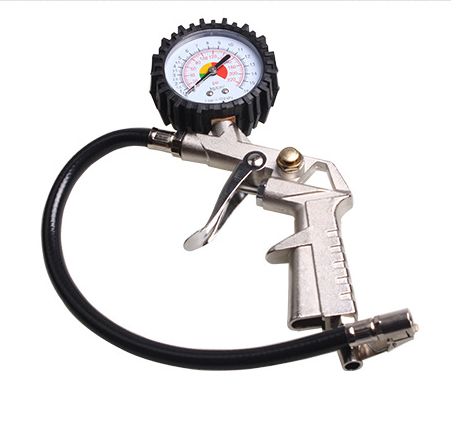 The hole in the tire and the raw rubber is treated with an activator. Next, the awl is inserted into the puncture in such a way that small ends of the tourniquet, about a centimeter long, remain outside. After 5 minutes, the excess remaining on the surface is cut off. This method can also successfully eliminate small side cuts.
The hole in the tire and the raw rubber is treated with an activator. Next, the awl is inserted into the puncture in such a way that small ends of the tourniquet, about a centimeter long, remain outside. After 5 minutes, the excess remaining on the surface is cut off. This method can also successfully eliminate small side cuts.
There is a technique that allows using wire and several bundles of raw rubber to get rid of even extensive side damage to tires. However, it is quite difficult to implement and not every driver will be able to implement it.
Consider a few well-known tools that are most widely used to repair punctures:
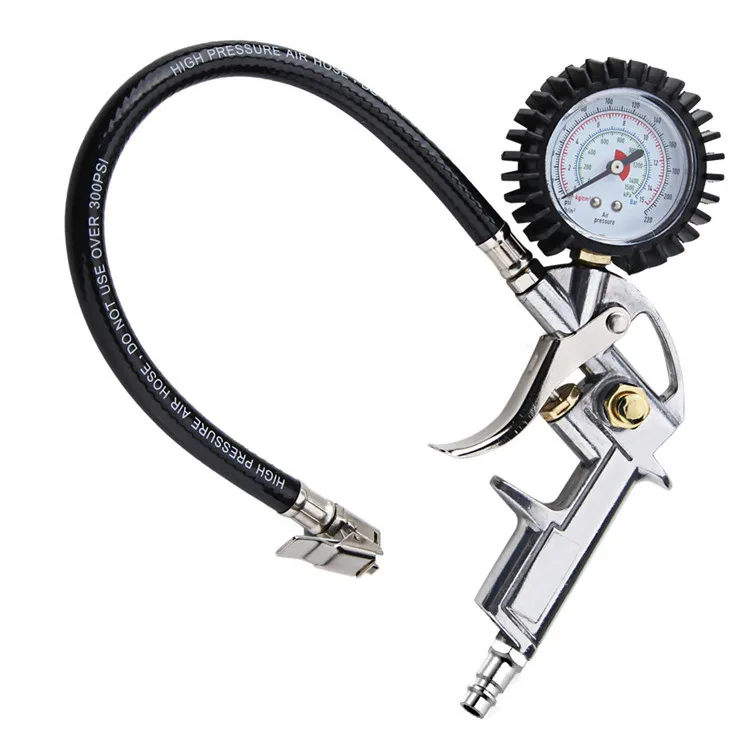 The maximum diameter of the repaired hole is 4.5 mm. This is almost always enough to repair punctures caused by nails and screws.
The maximum diameter of the repaired hole is 4.5 mm. This is almost always enough to repair punctures caused by nails and screws.
Our online store offers a wide range of tire repair products. You can order them through the TopDetal. ru website or by calling 8 800 444-75-16.
ru website or by calling 8 800 444-75-16.
Also read on our website about the best liquid rubbers.
Back to list
We repair tires with a visit from 2000 ₽ and give a lifetime warranty.
The process of repairing a tire with a fungus.
Puncture before repair.
Puncture in the tread area with a diameter of 8 mm. A double repair method was chosen.
Repair process.
Stripping and gluing the patch and stem of the fungus.
Refurbished.
Tire after repair quality test.
Call now and in 1 minute a mobile tire service will be sent to you.
| Call the master |
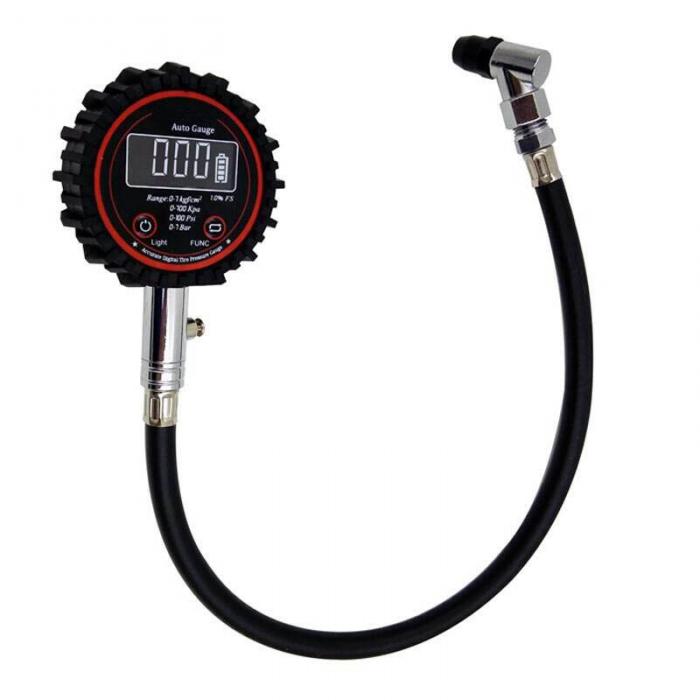
There are only three of them: tourniquet, fungus, double method
It is known that the repair of tubeless tires is a rather complex technological process that requires the master not only certain knowledge and skills, but also strict adherence to repair technologies and the sequence of the process itself.
Prokol24 Mobile Tire Service uses exclusively branded materials from the American company TECH, whose products have become the basis for the repair and maintenance of tubeless car tires for a long time.
Puncture repairs are based on the application of cold vulcanization and can be used for retreading as well as tire sidewall repairs. Before starting, the repair technician removes the tire from the rim and checks for other hidden damage.
The main stages of repair.
Looking for a puncture site
Spilling the entire tire with a special liquid. When in contact with compressed air, it begins to foam.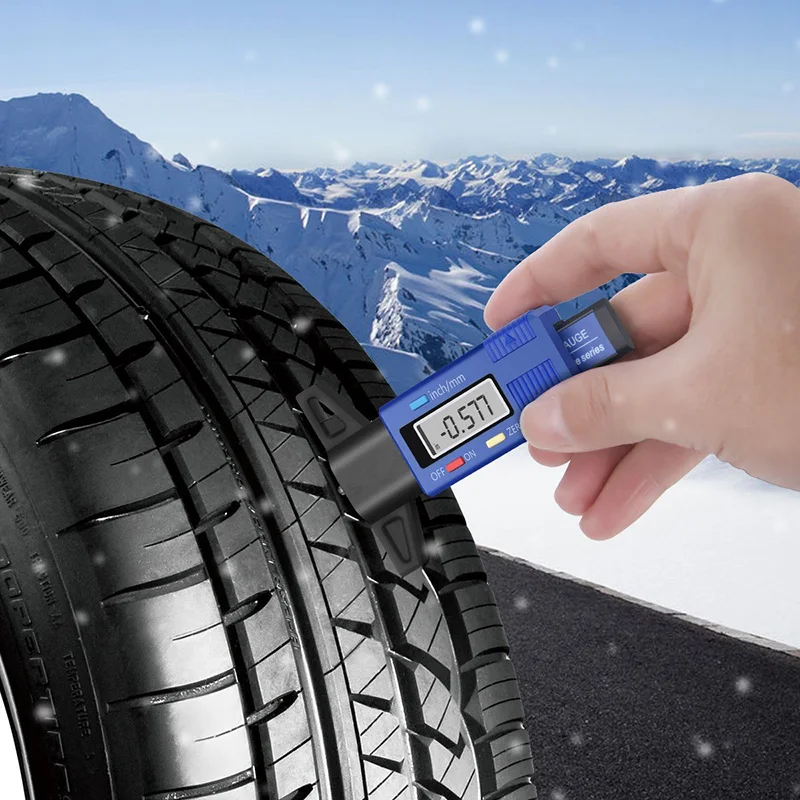
Preparing the tourniquet
We put the tourniquet in a special "stinger" and lubricate it with glue.
Making repairs
After removing foreign objects from the tire, insert the tip into the puncture site and press until it hits the stopper. After sharply pull out.
Gray or brown harnesses sold in auto parts stores are not professional repair material. Such a tourniquet can be used if necessary to get to the nearest tire changer. A temporary harness will last a maximum of 5-10 thousand kilometers, so such a tire will not last long.
First of all, a qualified Prokol24 field tire fitter will definitely disassemble the wheel and inspect its inside to make sure there are no foreign objects or damage. After their elimination, we use special professional cord harnesses and glue. At the same time, a professional harness is durable in operation, because its service life corresponds to the service life of the tire itself.
R 13-17
Full range of works.
from 2500₽
Repair
R 18-19 Full complex of works
R 18-19
of 2500 rubles
Repair
R 20-22
A full range of works.
from 3000₽
Repair
The main stages of repair.
Looking for a puncture site
Spilling the entire tire with a special liquid. when in contact with compressed air, the liquid begins to foam.
Marking the surface
Marking the puncture area and the surface to be processed.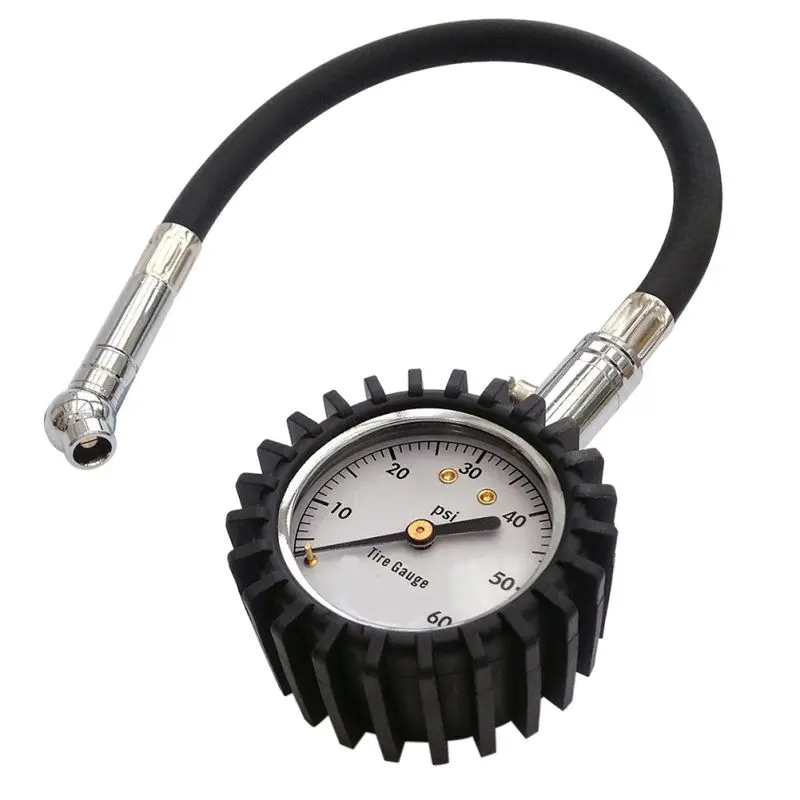
Preparing the surface
We clean the inside of the tire from the stiffeners. We make the necessary surface roughness. Center the hole with a cutter.
Apply glue
Degrease and apply glue to the prepared surface
Install the fungus
Install the fungus and roll it tightly to the surface.
Testing the repair
Checking the quality of the repair and cutting off the stem of the fungus.
This is the main method for tire repair. The fungus itself has two parts - a leg and a hat. The foot fills the puncture site, thereby preventing air and moisture from entering the inside of the tire. The cap of the fungus bears all the loads of repair work. To repair tubeless tires in this way, the life of the retreaded surface is equal to the life of the tire itself.
R 13-16
Full range of works.
from 2500₽
from 2500 rubles
Repair
R 19-22
A full range of works.
from 3000₽
Repair
Double method repair.
The main stages of repair.
Looking for a puncture site
Spilling the entire tire with a special liquid. when in contact with compressed air, the liquid begins to foam.
Marking the surface
Marking the puncture area and the surface to be processed.
Centering with a hole
To install the stem of the fungus
Install the stem of the fungus.
Center the hole and install the stem of the fungus.
Preparing the surface.
We clean the inner side of the tire from the stiffeners. We make the necessary surface roughness.
Apply glue.
Degrease and apply glue to the prepared surface.
Installing the patch.
Install and roll the patch tightly.
Testing the repair
Inflating the tire up to 3 Atm.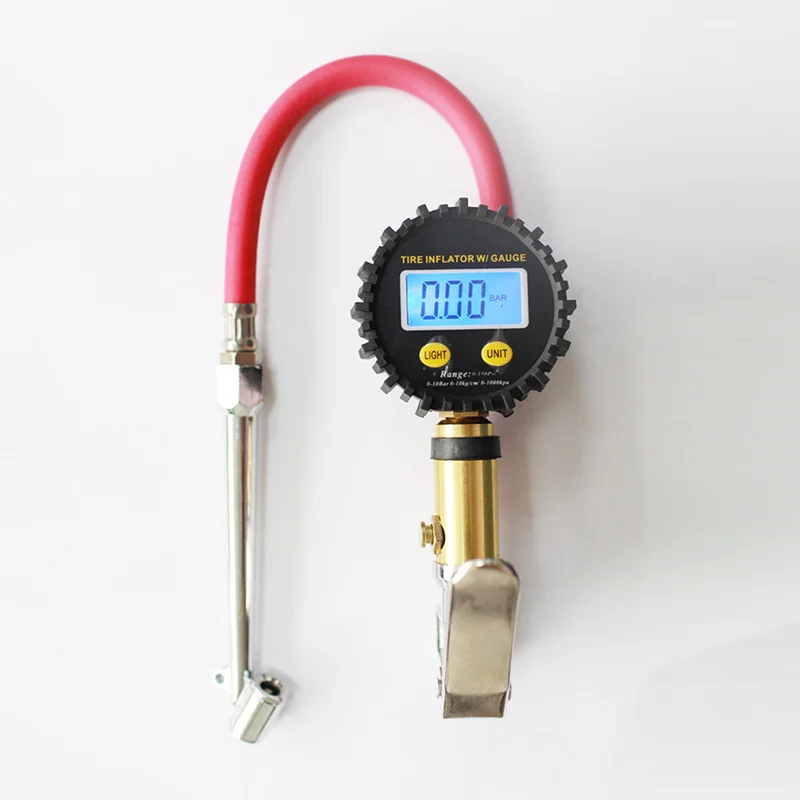 and check the reliability of the repair.
and check the reliability of the repair.
Repair completed.
We give the tire to the client.
At an angle greater than 25 degrees, it is not possible to repair a tubeless tire with a fungus or a tourniquet. In this case, our skilled craftsmen use the double method, which involves the use of a patch and a stem of the fungus. This repair method ensures that the life of the patch will match the life of the tire.
If the diameter of the tire punctures is more than 30 mm, then, unfortunately, the car tire cannot be repaired. In this case, it is necessary to change the tires.
R 13-16
Full range of works.
from 2500₽
Repair
R 10.1 Full complex of works
from 2500₽
Repair
R 19-22
Full range of works.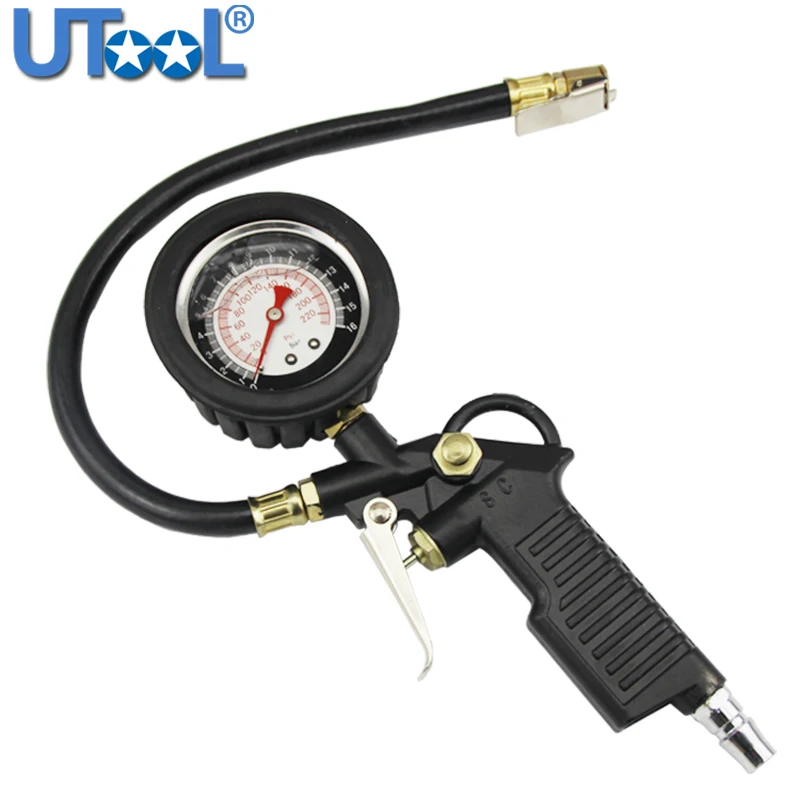
from 3000 rubles
Repair
As for the complete repair of the tire after serious punctures or cuts, it will simply not be done on the road itself. As experts advise, even if at first glance it seems that it can be patched somehow, it is better not to try to do this. The whole reason is that poor-quality tire repair significantly reduces its reliability, as well as the level of balancing the car while driving, especially at high speed. It is for this reason that if you damage a tire, the best thing to do is to replace it, so always make sure you have a spare tire in the trunk. When the time comes to use it, you will see how valuable advice it is.
How do we work?
Contact us
By phone or leave a request on the website.
Place an order
The manager will clarify the details of the order.